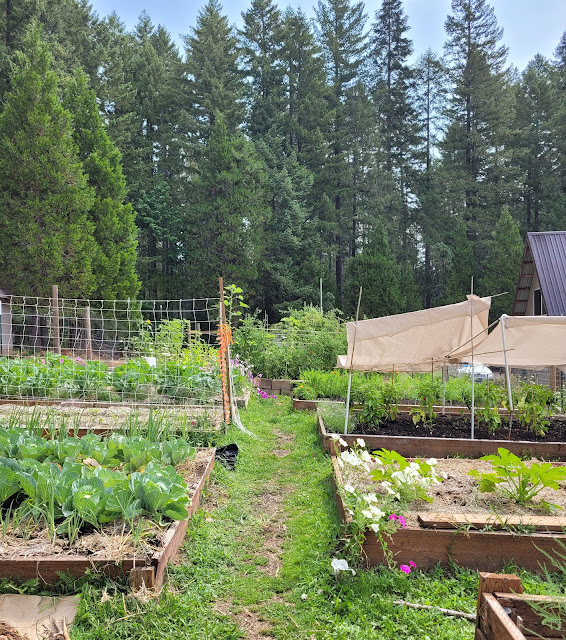Protecting Your Plants: Essential Tips for Surviving a Heat Wave
Protecting Your Plants:Essential Tips for
Surviving a Heat Wave
 |
As the scorching heat of summer intensifies, it's crucial to safeguard your beloved plants from the damaging effects of a heat wave. With a little extra care and attention, you can ensure their survival and keep your garden thriving. Let’s explore some essential tips to help you protect your plants during these challenging times.
Watering
Mulching
Mulching is a fantastic technique to conserve moisture
and regulate soil temperature. Apply a layer of organic mulch, such as wood
chips or straw, around your plants. This will help retain moisture, prevent
weed growth, and shield the soil from excessive heat. Remember to leave a small
gap around the plant's stem to avoid rot.
Shade and Shelter
Providing shade and shelter for your plants can
significantly reduce the impact of intense heat. Consider using shade cloth,
umbrellas, or even constructing temporary structures to shield vulnerable
plants from direct sunlight. This will help prevent sunburn and reduce water
loss through evaporation.
Pruning and Trimming
During a heat wave, it's essential to remove any dead or
damaged foliage from your plants. Pruning helps redirect energy to healthier
parts of the plant and promotes better airflow, reducing the risk of diseases.
Additionally, trimming excessive growth can prevent overcrowding, allowing
plants to better cope with the heat.
Avoid Fertilizing
While fertilizers are beneficial for plant growth, it's
best to avoid applying them during a heat wave. Fertilizers can stimulate rapid
growth, making plants more susceptible to heat stress. Instead, focus on
providing adequate water and nutrients through organic matter, such as compost
or well-rotted manure.
Grouping and Mulching Containers
If you have potted plants, grouping them together can
create a microclimate that helps retain moisture and reduce temperature
fluctuations. Additionally, mulching the top layer of container plants with
organic materials like bark chips or coconut coir can prevent rapid evaporation
and keep the roots cool.
Monitor and Adjust
Regularly monitor your plants for signs of heat stress,
such as wilting, yellowing leaves, or leaf scorch. Adjust your watering
schedule, providing extra hydration when needed. Consider investing in a soil
moisture meter to accurately gauge the moisture levels and prevent over or
under-watering.
Stay Cool
With these essential tips, you can protect your plants
and help them thrive even during the most intense heat waves. Remember to
prioritize watering, provide shade and shelter, and practice regular
maintenance. By implementing these strategies, you'll ensure the health and
longevity of your plants, allowing them to flourish in any weather condition.
Stay cool and keep your garden green!






Comments
Post a Comment